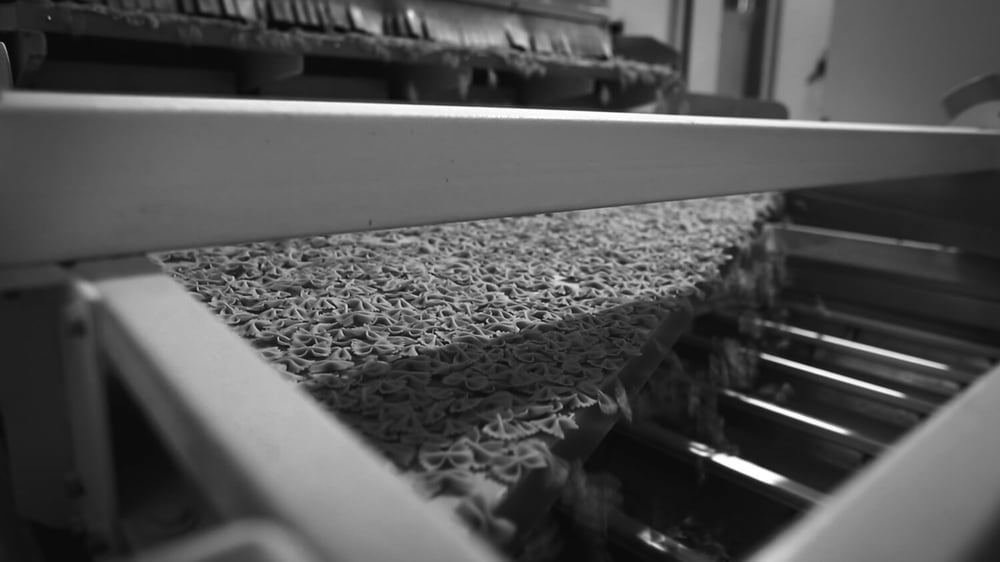Predictive maintenance makes the services of Gruppo Hera safer
AI solutions for Multiutilities
Gruppo Hera is the first Italian entity that gathers together municipal utilities and manages the provision of energy and environmental services to citizens and companies, through a multi-business approach.
As highlighted in the Industrial Plan 2024 recently presented, Gruppo Hera commits to develop important projects concerning three dimensions: environment, socio-economy, innovation. The latter entails new opportunities relating to technological evolution to improve the efficiency and quality of the offered services with ever quicker working methods.
Our project of collaboration to optimize maintenance programs for gas networks in the territory of Emilia-Romagna follows this path of innovation at the service of sustainability.
THE CASE STUDY
Objectives of the project
- To prevent well in advance damages to the networks and notifications by third parties
- To optimize maintenance activities
- To make the service safer and more efficient
Solution adopted
This project was developed aiming to forecast the greatest possible number of damages to the networks, making the tasks scheduling of the intervention teams more effective and prompter. We developed a mathematical model that, analyzing data, identifies the pipes more at risk and suggests the operator when and where to intervene, calculating the best itinerary.
Results obtained
- 30% of gas leakages notified by third parties
+ 20% of kilometers monitored with the same teams involved
+ accuracy in the activity of forecasting gas leakages
+ safety of the services provided
(turn EN subtitles ON)
THE SOLUTION
Predictive maintenance
Using predictive logics of artificial intelligence, it is possible to forecast the risk of malfunctioning of or damages to the systems, by planning in advance maintenance interventions and saving considerable resources. Interpreting historical data and relating them with current variables, thanks to algorithms, it is possible to optimize the process of preventive maintenance to maximize its efficacy.
Discover more about this solution


